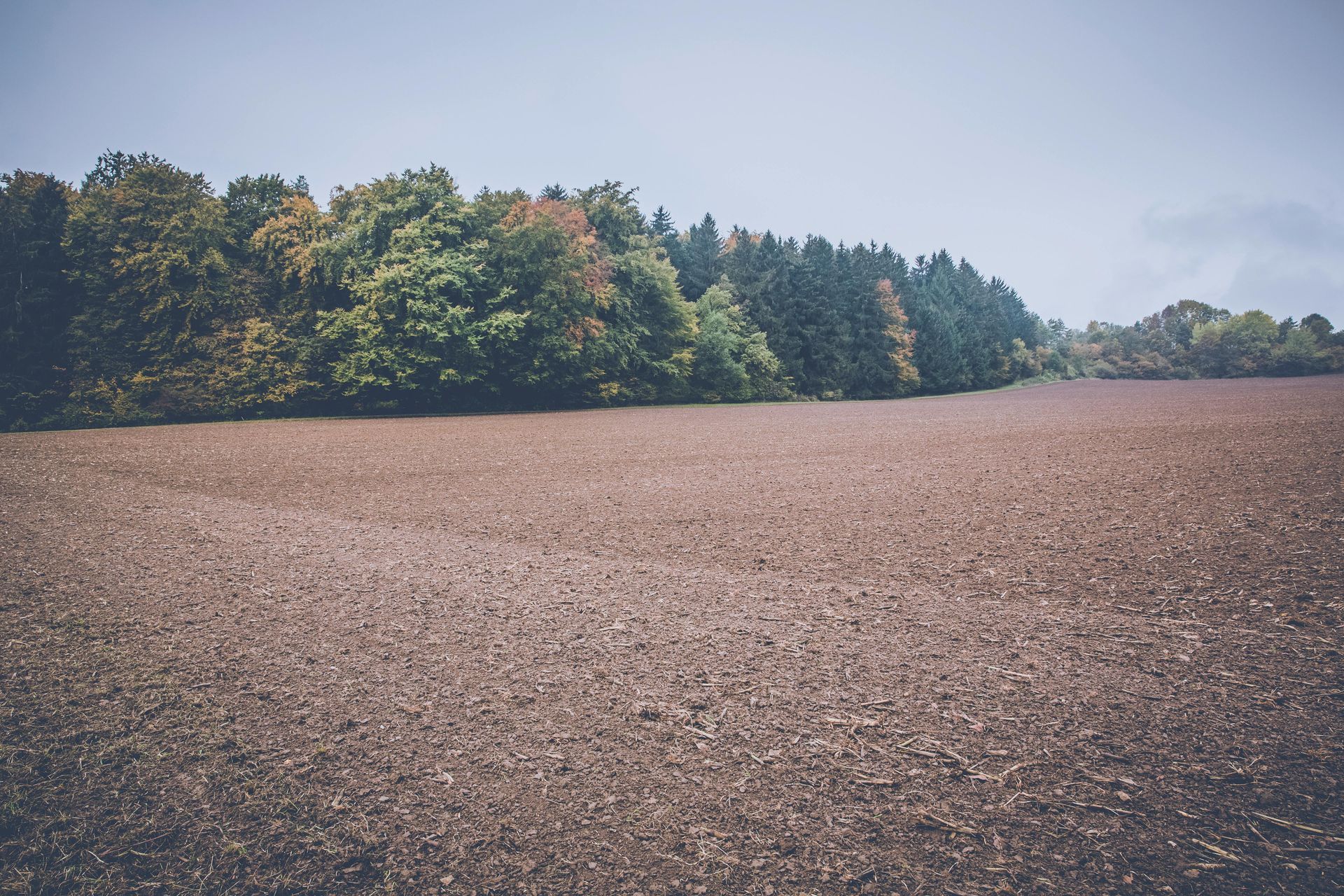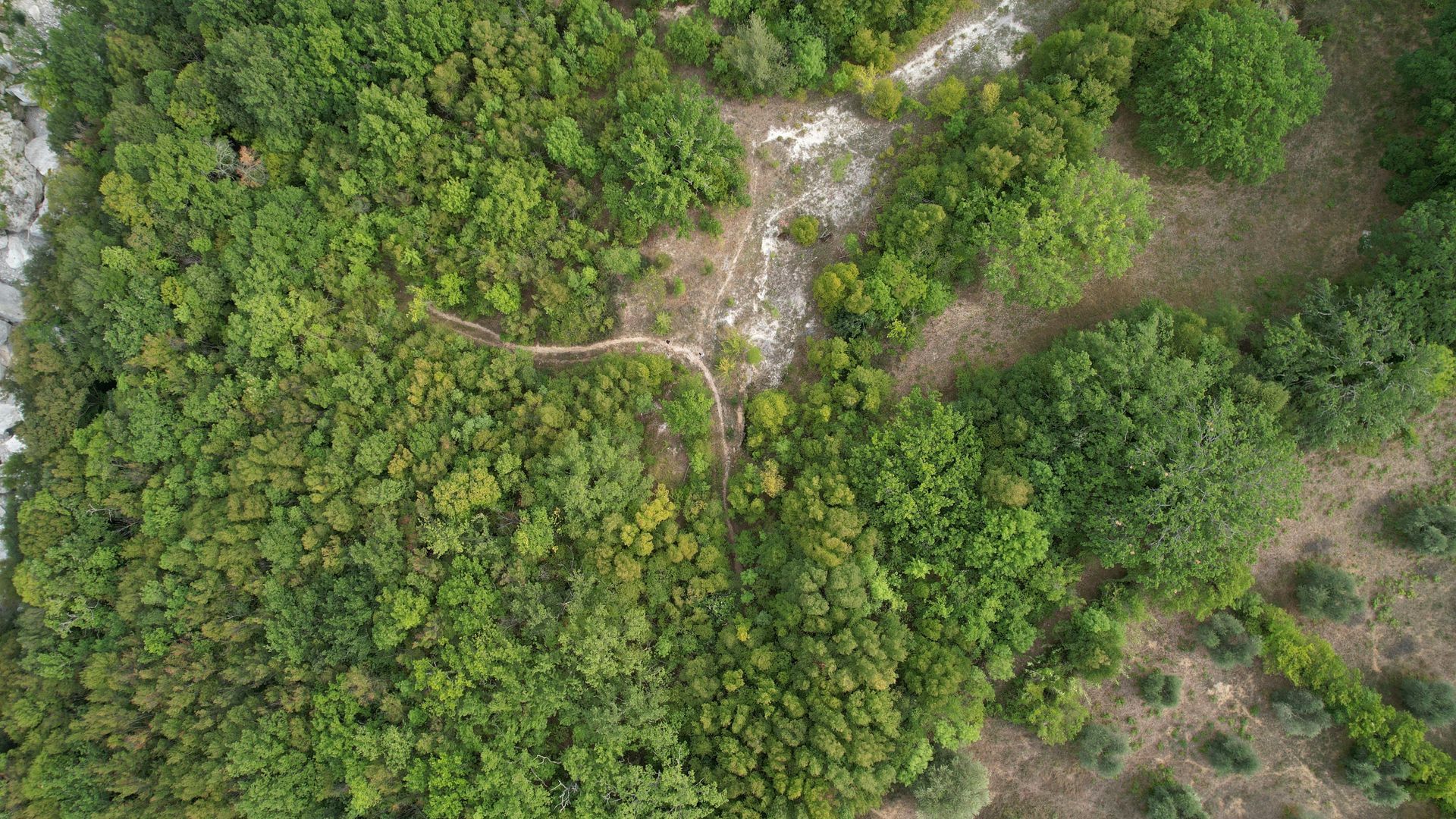Seasonal Tips for Land Maintenance
Owning land is a responsibility that goes far beyond simply holding a deed. Land changes with the seasons, and if you want to keep it secure, usable, and valuable, maintenance has to be part of the plan. The problem many property owners face is that they do not always know what to do at the right time of year. Waiting too long can lead to costly repairs, while addressing the wrong issues wastes time and money. At Shamrock Dirt & Forestry, we see the impact of seasonal neglect every day, and we know how much smoother things go when property owners stay ahead of problems.
Spring is when most property owners first start to notice the effects of winter. Heavy rains and melting snow can leave behind erosion damage, flooded areas, and debris scattered across a property. Small gullies may form where water has cut through the soil, and these will only get worse if left alone. Clearing out leftover brush, repairing drainage, and stabilizing weak spots early prevents major problems later in the year. It is also the ideal season to prepare land for new projects. If you are planning to build, put in a driveway, or start grading for a pond, spring is the time to get the work moving. Tackling it before the ground hardens in summer heat makes the process faster and more efficient.
Summer presents its own challenges. Dry, compacted soil may seem stable, but when heavy storms roll through, water can carve through the hardest ground. Vegetation growth also peaks during the summer months, which means brush, weeds, and small trees can take over quickly if left unmanaged. Clearing overgrowth is important not only for appearance but for preventing fire hazards, pests, and damage to nearby structures. Many landowners underestimate how quickly vegetation can undo hard work. A lot that was cleared in the spring may look completely different by the end of summer if it is not maintained. By keeping vegetation under control during the growing season, you protect the investments you have already made.
Fall is a season of preparation. As leaves drop and the weather cools, water movement changes again. This is when many landowners see drainage problems resurface. Driveways may start to rut, pond levels may fluctuate, and soil around structures may shift. Addressing these issues in the fall prevents them from becoming bigger problems in the winter. It is also the time to make sure your septic system is functioning properly and to reinforce any slopes or banks before freeze-thaw cycles begin. Putting in extra effort in the fall means you enter the winter months with peace of mind, knowing your land is ready for whatever the weather brings.
Winter is often thought of as a downtime for land work, but that is not always true. Frozen ground can hide issues that will become major headaches in the spring. If you already know about drainage problems, erosion, or structural concerns, waiting until spring often makes them worse. Winter is also the best time to clear certain types of vegetation because the ground is firm and less likely to be damaged by heavy equipment. For larger projects like tree removal, forestry mulching, or site preparation, cold months are often ideal. By using this time wisely, you can get ahead of the problems that will show up when the snow melts and rains return.
No matter the season, one constant is that maintenance should be proactive. Land rarely fixes itself. Water will keep moving the wrong way, brush will keep growing, and soil will keep shifting. Small issues become large problems if they are ignored. By taking the time each season to assess your property and make improvements, you not only save money but also increase the value of your land. The right seasonal care turns a property into something stable and reliable rather than unpredictable and costly.
This is where Shamrock Dirt & Forestry makes a difference. We do more than bring equipment to a job. We bring experience in reading the land, understanding how weather affects soil, and applying solutions at the right time. Our crew knows what to look for in each season and how to stop problems before they spiral. If you want to protect your property year-round, working with a team that knows the seasonal cycles of Tennessee and Kentucky is the smartest choice you can make.
Imagine walking your property in the spring and not worrying about gullies forming after rain because drainage was already corrected. Picture your land in the summer, free from overgrowth and ready to use. Think about going into fall knowing your slopes, septic, and soil are secure. Consider entering winter without stress, confident that the land is protected from freeze-thaw damage. That peace of mind is what seasonal maintenance with the right team delivers.
Too many landowners wait until they see major problems before acting. By then, repairs are more expensive and often require more disruption to the land. Working season by season with Shamrock Dirt & Forestry helps you avoid those situations. Whether it is grading in spring, clearing in summer, reinforcing in fall, or preparing in winter, we know how to keep your property in shape all year long.
Your land is valuable, and maintaining it properly ensures it continues to serve your needs. Seasonal maintenance is not just about preventing problems, it is about making your property work better for you every day of the year. If you are ready to take the guesswork out of land care and want professionals who understand how to protect and improve your property in every season, reach out to Shamrock Dirt & Forestry. We are here to provide the solutions you need, when you need them, so your land remains strong, stable, and ready for whatever you have planned.



